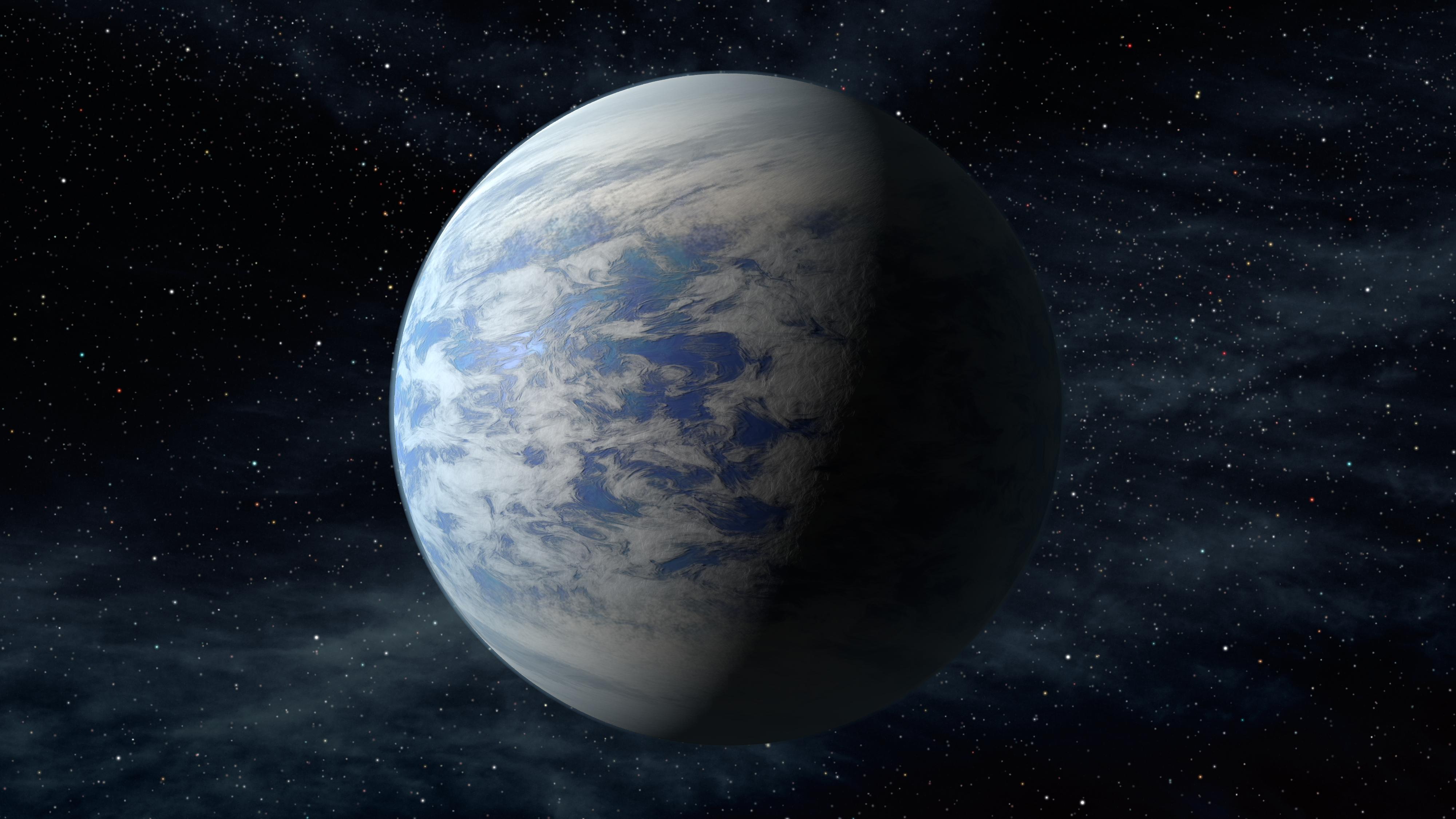An artistic depiction of Kepler-69c, a super-Earth-size planet that has been found in the habitable zone of a star like our sun, located about 2,700 light-years from Earth in the constellation Cygnus. Credit: NASA/Ames/JPL-Caltech.
Exoplanets. What are they and what do we know about them?
Simply put, an exoplanet is an extrasolar planet, or a planet outside the Solar System. Over 850 have been found since the first confirmed exoplanet discovery in the early 1990s and the number is rapidly increasing as both telescopes and techniques for their discovery improve. Recent research suggests that in our own Milky Way Galaxy, there may be as many exoplanets as stars – or a figure in excess of 100 billion.
As ‘new worlds’ outside of our immediate Solar System, exoplanets have captured the public imagination. The interest in such research is easy to understand. We have a natural curiosity in determining how other planets differ from our own, and even more intriguingly, in finding out if any exoplanet could actually sustain life.
A podcast featuring Lizzie Wade from Science takes us on a tour of current exoplanetary research talking gas giants, pulsar planets, orphan planets, water worlds and more.


